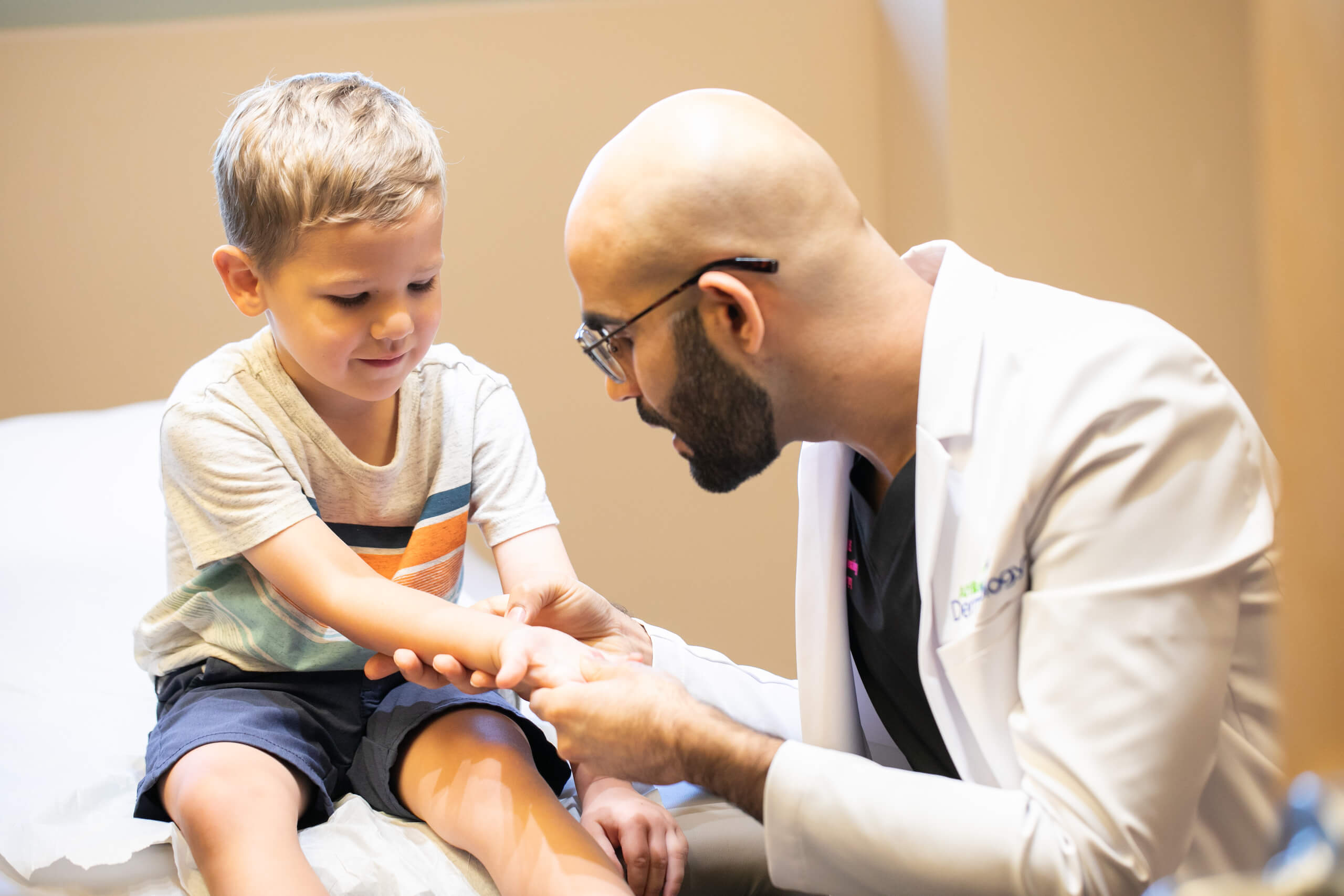Address your hair loss issues with guidance from an experienced hair care specialist.
Address your hair loss issues with guidance from an experienced hair care specialist.
Blog Article
Navigating Skin Cancer Therapy: The Vital Role of Mohs in Modern Dermatology Practices
Skin cancer cells, a challenging diagnosis, usually leaves individuals grappling with numerous therapy choices. As we discover the complexities of this treatment, one will certainly appreciate its essential role in skin cancer therapy.
Recognizing Skin Cancer: Kinds and Risks
Skin cancer cells, a possibly deadly malady, is much much more prevalent than many individuals recognize. This illness, triggered by the uncontrolled growth of unusual skin cells, largely arises from DNA damage because of direct exposure to the sun and ultraviolet (UV) light. There are 3 major sorts of skin cancer cells: Basic cell carcinoma, Squamous cell carcinoma, and Melanoma. While the former two are less lethal and comprise most of identified instances, cancer malignancy is one of the most hazardous. It represents just about 1% of skin cancer situations however creates the vast bulk of skin cancer fatalities - hair loss. Threat factors include reasonable skin, background of sunburn, excessive sun exposure, living at high altitudes or near to the equator, having numerous moles, a household history of skin cancer cells, and weakened immune system.
What Is Mohs Surgery and How It's Changing Skin Cancer Cells Treatment
Regardless of the many treatments presently readily available for skin cancer, Mohs surgical procedure attracts attention as a groundbreaking and extremely efficient option. Named after Frederic E. Mohs, the medical professional that established the procedure, Mohs surgical treatment is a specific medical method utilized to treat skin cancer cells. Throughout the procedure, thin layers of cancer-containing skin are considerably removed and checked out till just cancer-free tissue stays. This method allows the surgeon to validate that all cancer cells have been eliminated at the time of surgery. This level of accuracy, combined with the capability to spare as much healthy and balanced tissue as feasible, is transforming skin cancer cells treatment. Because of this, Mohs surgical procedure has ended up being a foundation of contemporary dermatology techniques.
The Benefits of Mohs Surgical Treatment Over Typical Skin Cancer Therapies
Structure on the cutting-edge nature of Mohs surgical procedure, it's necessary to consider its countless advantages over conventional skin cancer cells therapies. Unlike standard procedures, Mohs provides a greater treatment rate, usually getting to 99% for first-time find therapies and 94% for frequent cancers cells. This precision results from its one-of-a-kind approach of considerably removing and analyzing cells layers up until just cancer-free cells remain (chemical peel). In addition, it decreases damages to healthy skin, leading to less scarring and improved cosmetic outcomes. Mohs likewise gives prompt results, getting rid of the anxiety-ridden wait typical with various other techniques. Last but not least, it's economical, as the surgical procedure and microscopic assessment occur concurrently, getting rid of the need for additional lab services. Hence, Mohs stands for a considerable development in dermatological techniques.
The Treatment of Mohs Surgical Procedure: What to Expect During the Refine

Possible Side Impacts and Post-Operative Treatment of Mohs Surgery
Going through Mohs surgical procedure, like any other procedure, involves prospective adverse effects that clients ought to be mindful of. Usual negative effects consist of discomfort, wounding, and swelling at the surgery site. These are generally short-term and manageable with over-the-counter pain medication and ice packs. In rare instances, individuals may experience infection, bleeding, or a sensitive reaction to the anesthetic. Post-operative care is essential to healing and reducing adverse effects. This generally includes keeping the injury clean and completely dry, taking proposed medications, and avoiding arduous tasks. Individuals ought to additionally go to all follow-up appointments for injury treatment and surveillance. In many cases, additional therapies may be required to make certain total removal of the malignant cells. Adhering to these post-operative care standards can significantly enhance recuperation and end results.
Final thought

Report this page